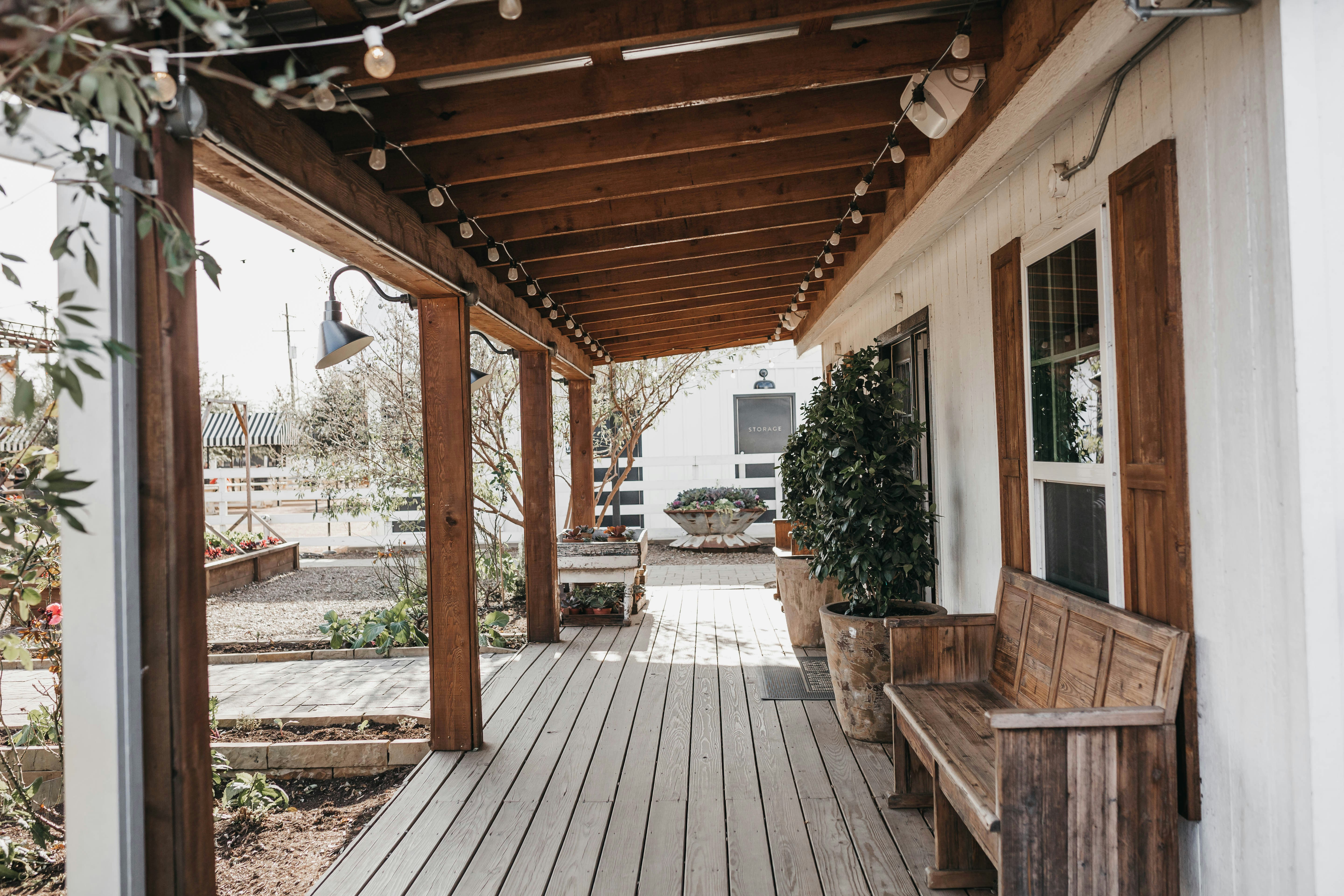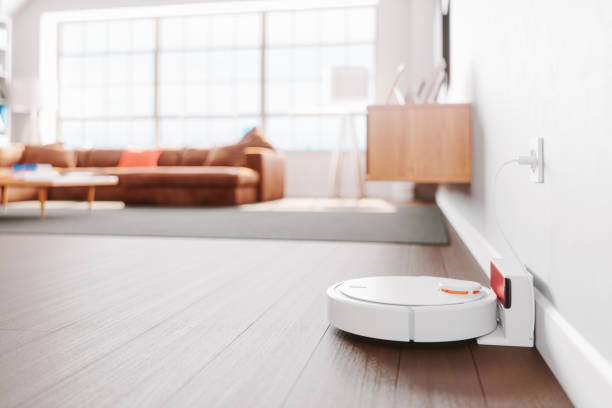"Reimagining Spaces with Transformative Multifunctional Furniture"
The emergence of multifunctional furniture has dramatically changed the landscape of home design. It’s a tale as old as time, harking back to the 20th-century invention of the Murphy bed, a fold-down bed that could be tucked away when not in use to save space. This marked the advent of furniture designed to perform multiple functions, a concept that has evolved remarkably over the years.

The Multifunctional Mantra: Less is More
Today, multifunctional furniture is no longer just a space-saving solution. It’s a way of life. A reflection of a societal shift towards minimalism and intentional living, this design trend embodies the mantra “less is more.” It’s about creating an environment that’s both aesthetically pleasing and functionally efficient. For instance, a coffee table that transforms into a dining table or a wall unit that serves as a bookshelf, workspace, and pull-down bed.
The Practicality and Market Trends
Multifunctional furniture is increasingly popular in urban living spaces where square footage is at a premium. Its practicality is undeniable—it makes the most of available space, reduces clutter, and encourages organized living. It’s a market trend that’s seeing robust growth. According to a report by Grand View Research, the global multifunctional furniture market size was valued at USD 5.9 billion in 2019 and is expected to grow at a compound annual growth rate (CAGR) of 3.4% from 2020 to 2027.
Enhancing Daily Living with Multifunctional Furniture
The beauty of multifunctional furniture lies not just in its practicality, but in its ability to enhance daily living. It can create a sense of expansiveness in cramped spaces, promote a minimalist lifestyle, and encourage a more mindful approach to consumption. It’s also an excellent solution for individuals who work from home, as pieces can seamlessly transition between work and leisure use.
Current Design Trends and Future Prospects
Current design trends in multifunctional furniture are all about blending style with functionality. Cleverly designed pieces that hide their multifunctionality are particularly popular, with a focus on sleek lines, high-quality materials, and innovative engineering. And as we move forward, we can expect multifunctional furniture to become even more embedded in our lives, given the growing demand for flexible living spaces and sustainable practices.
In conclusion, multifunctional furniture is not just a trend, but a transformative design movement. It encapsulates a modern approach to living—simpler, smarter, and more sustainable. As we continue to reimagine our spaces, multifunctional furniture will undoubtedly continue to play a pivotal role.





